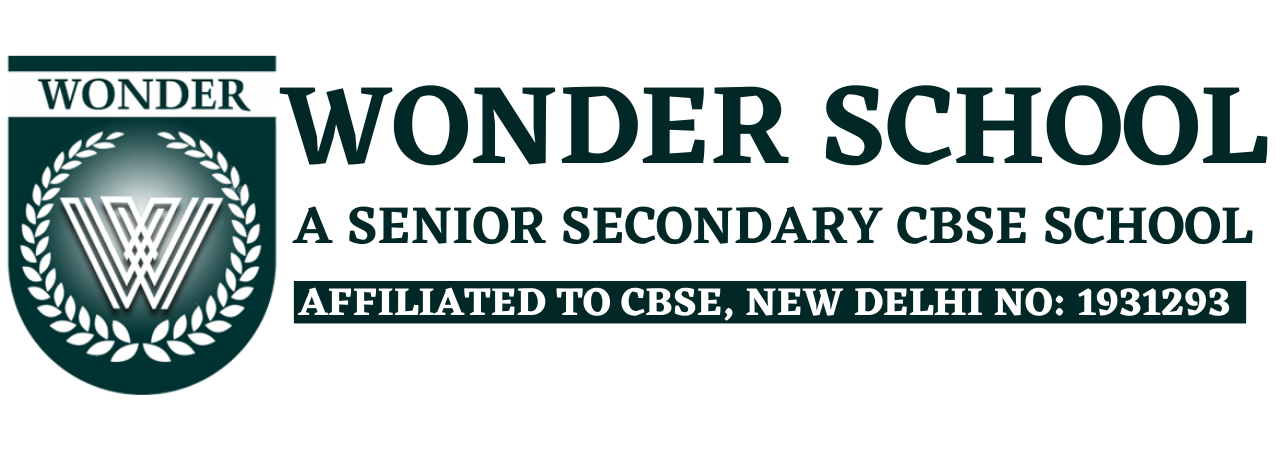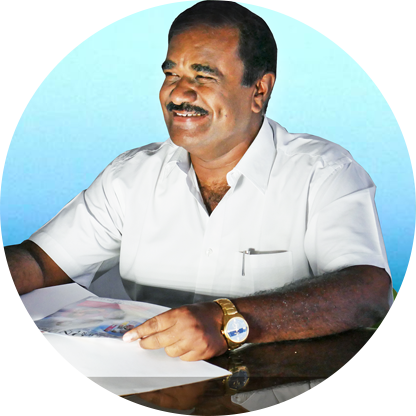ART EDUCATION
Visual Arts
1. Two-dimensional or Pictorial
– Drawing and Painting
– Collage Making
– Printing
– Photography
– Computer graphics
2. Three-dimensional
– Clay modelling and pottery
– Carving and sculpture
– Construction
Art is about creative expression of the learners, uniquely contributed by each one. Studying the
works of famous artists of the past or present is undertaken to orient the learners to varied
expressions. Replicating or copying either the Master or the teacher’s work will check the
imagination of the students and therefore must be avoided in all cases.
Performing and Language Arts
• Music (Vocal, Instrumental)
• Movement and Dance
• Creative Drama and Puppetry
• Creative Writing and Poetry
A creative expression essentially depends on the approach to create opportunities for learners to
explore, imagine and communicate the same in an art form they feel confident to use. Availability
of material and experts closer to the school or community can be accented.
A. VISUAL
ARTS SYLLABUS
When the school(s) can provide art teachers in different media the following syllabus
may be adopted. Activities in terms of Materials/Media and Techniques.
Two-dimensional or Pictorial Activities
• Study of visual resources and means of creative expression.
– Study of lines, strokes, colours, shades, tones, textures, etc. while organizing two
dimensional space with two dimensional and three dimensional shapes and forms.
– Sketching from nature and surrounding.
– Creative use of colours to show space, atmosphere, subjective moods.
– Creative use of perspective in spatial relationship.
– Study of calligraphic strokes of Devnagari and Roman alphabet (Scripts).
– Use of contrast as an expressive element of art.
– Study and use of various media and techniques to the extent of their availability.
– Pencil, charcoal, water colour, crayon, oil colours, poster colour and gouache, acrylic
colour and other unconventional sources of colours such as vermillion, yellow and red
earth, rice flour, and tools like painting brushes for water colours and oil colours,
Painting surfaces such as papers of various kinds and quality, like smooth, rough,
thick, thin, etc., canvas, hardboard, simple marking cloth pasted on paper, etc.
– Collage and mosaic work with a variety of coloured papers and coloured
printed pictures/photographs from magazines and newspapers.
– Printing : Mono printing, Printing with wood-cut blocks, lino-cut and metal foil :
serigraphy (silk screen), self-made stencil, etc.
– Basic knowledge of computer graphics.
B. Performing Arts
Music (Vocal)
• Theory
– Knowledge of the terms: Sangeet, Nad, Swar, Shudh, Komal, Teevra, Saptak, Mandra,
Madhya Tar, Aroha Avaroha, Raga, Laya, Matra, Tal, Avartan, Sam Tal.
– Basics knowledge of notation systems.
– A brief introduction of Indian music
• Practical Activities
– National Anthem
– Songs for community singing
a) Five folk or tribal songs of different regions, indicating time of the year, occasion and the
function with which they related. Writing down the same with its meaning and knowledge of
its rhythm.
b) Five devotional songs (Bhajans, Shlokas, Hymns, Sufiana Kalam and Shabad Kirtan)
c) Three songs in regional languages other than mother tongue.
d) Three patriotic songs on the theme of universal love and amity.
To create proper sense of swara and laya through Talabadh and Alankaras. Introduction to the
structure of any four of the following Ragas with : Bilawal, Yaman,
Kafi, Bhairav, Shankarabharan, Kalyani, Mayamalav gaud, Todi (accompaniment of
Tanpura and Tabla or Mrudang). The Teacher should communicate the characteristic features of
the raga and its swaras pattern. The teacher may use references of popular songs for Raga
association.
The following tals and their thekas-Kaharva, Dadra, Trital, Jhaptal & Aditala, Alankar
Talas.
Dance & Movement
Movement and rhythm, as expressed through dance, have long been the heart and soul of all
cultures. Dance allows people to discover, explore and develop their natural instincts for
movement, enabling students of dance to develop not only their motor skills but also their mental
and emotional personalities. The purpose of this course is to enhance the appreciation and
understanding of the different forms of dance and movement as practiced across cultures today,
with specific reference to Indian context.
Hints for the Teachers
• Students should be encouraged to work individually as well as in small groups, girls
and boys working together.
• Learners should be encouraged to enquire about the technique, procedures and the work of
master artists/artistes.333
• Students should be encouraged and helped in handling new media and tools and meeting
the new challenges in various problem-solving situations encountered by them
• Students should be encouraged to take the initiative and to critically evaluate
their work.
• Since the adolescents are prone to adult influence, adult activities and methods working,
she starts imitating and idealizing the adult approach and attitude to her work. The teacher, at
this stage should try to make the adolescent child aware of the originality and uniqueness
of her own work and encourage her to develop her own methods and style of working as
there exists a large variety and divergence in adults’ work.
• The teacher should develop friendly and empathetic relations with the students and should
encourage them to know about the artistic activities of the local community.
• The teacher should organize studio/art room/theatre/stage with the help of
students.
• The teacher should organize visits of museums, historical places, exhibitions, botanical and
zoological gardens, theatre and local drama activities, music and dance concerts, film
shows, etc.
• The teacher should help children in the planning and organization of display and
exhibitions, musical and other performances of master artists/artistes.
• The teacher should develop projects correlating art activities with other subjects
with the cooperation of other subject teachers.
• The teacher should encourage the use of improvised instruments and tools by the
students locally available.
• The teaching approach should be inductive and students should be encouraged to mobilize
their own resources to solve their problems. Direct instructions in the techniques should be
avoided. They should be encouraged to develop techniques and styles of their own through
exploration of discovery of materials, media, tools and techniques.

